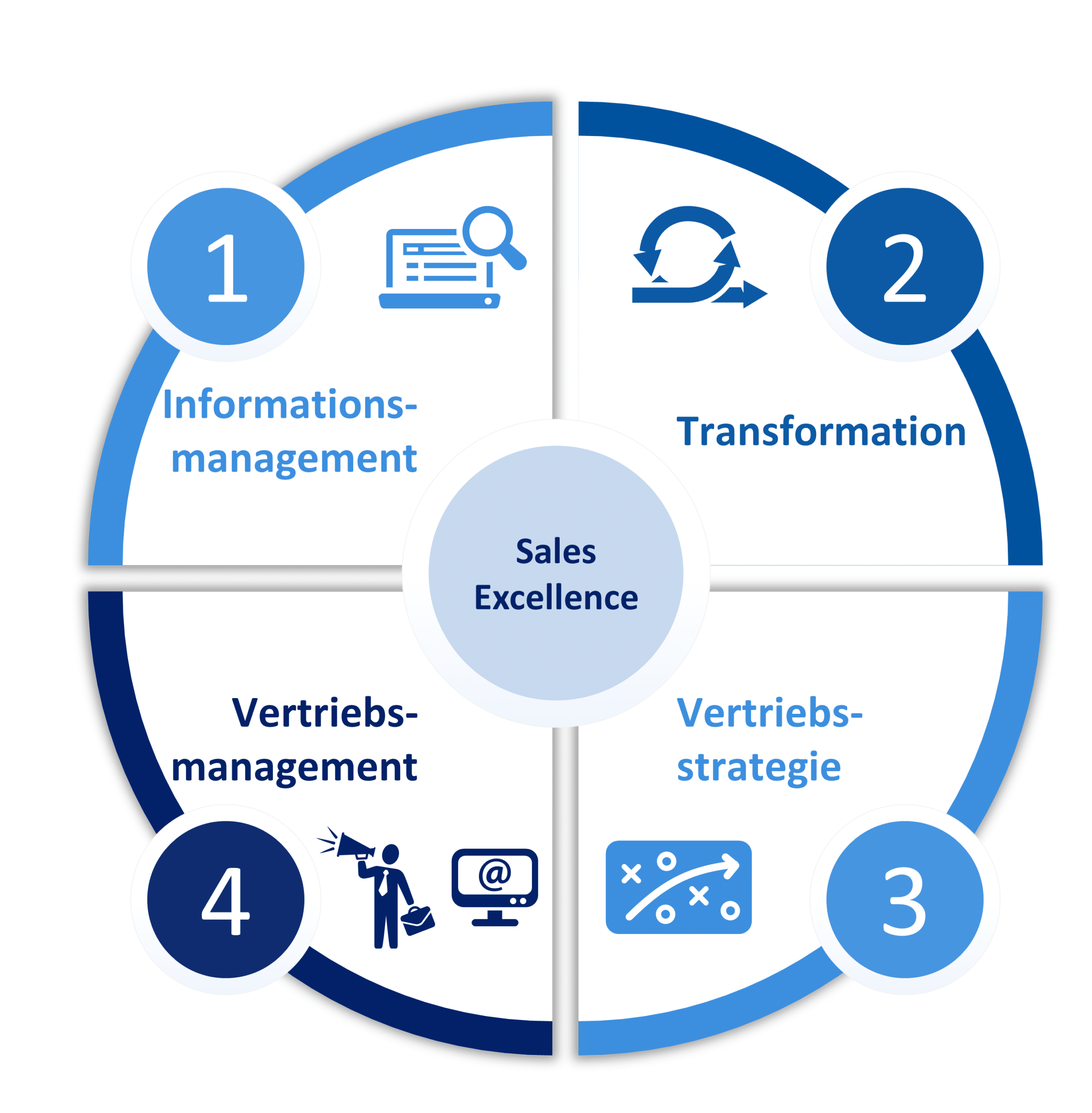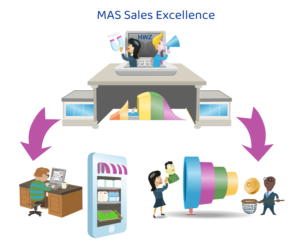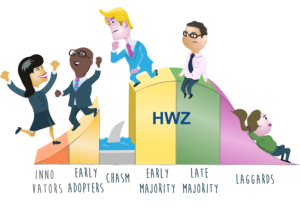Transformation to a customer-centric organization 2022
From Senguel Volkan
As part of the Customer Orientation 2022 think tank, Eliana Wüst showed a way to achieve greater customer centricity under the title “Transformation toaCustomer-Oriented Organization“.
For higher customer centricity, a transformation or change process is necessary, which must take place at various levels of an organization. The only problem is that there is often ambiguity and disagreement about how to initiate this process. The pure application of customer-centric methods such as e.g. define appropriate KPIs, implement incentives for customer-oriented behavior, etc. can be helpful, but is usually not enough.
One tool that has often proven its worth, according to Ms. Wüst, is design thinking. By integrating the design thinking approach into their daily work, employees learn to think and ultimately act in a more customer-oriented way.
Design thinking means that the person and his or her need are captured first. To do this, you have to get to grips with the customer and understand them in order to identify possible areas for action.
Only in a second step is the process of idea generation approached, in which the technology needed to satisfy the identified need is developed or adapted. This process is iterative and requires some agility, but is wonderful for co-creation.
However, Design Thinking is only successful if the outlined process also results in a business with a positive return. Only when all three points are fulfilled can the customer be offered a good customer experience, which increases customer orientation.
Needs should be captured systematically and using predefined methods (e.g., change of perspective, customer journey mapping, empathy map, etc.). The application of such methods offers a certain security that in the end there will be a usable result. Over time, design thinking becomes a continuous process, then a mindset, and finally the culture of a company.
However, it is not enough to understand the methodology and be able to apply it. Only when employees recognize the need will they want to apply Design Thinking. If necessary, appropriate incentives must be created for this purpose. And finally, they should be allowed to apply the methodology, which in turn requires the commitment not only of the CEO but of the entire management.
It remains to be noted that Design Thinking projects are complex. Many prerequisites must be met, many stumbling blocks must be taken into account, and many obstacles must be removed. The following tips should help make a CX project successful:
- Communication: making projects visible, ie:
- Regular reports, blogs, etc.
- Project walk-ins for other employees & management
- Putting together a clever project team
- Which know-how from which departments is useful?
- Who can be an Ambassador?
- Deliberately bringing skeptics on board as well
- Stakeholder management
- Involve stakeholders at an early stage
- Explain procedure, take away fears, create trust
- Pick up expectations
- Project shoulder views for clients, stakeholders and interested parties
- Regularly make intermediate results visible
- Involve clients in decisions & discussions
- Invite customers and make them visible
- Quickly realize quickwins
- Identify pain points that can be quickly eliminated
- Ideas, implement quickly
- Adapt methods and planning to the needs and possibilities of the organization
- Adapt methods & approach, not dogmatic
- Design projects as resources are available
- Obtaining the commitment of the client again and again provides security.
- Find ways to comply with internal governance anyway
Study offers of the HWZ on this topic
More information about our Sales Excellence approach

Sales Excellence Model
Sales excellence is becoming more and more important in practice. Get an overview of our approach and take advantage of the many resources.






